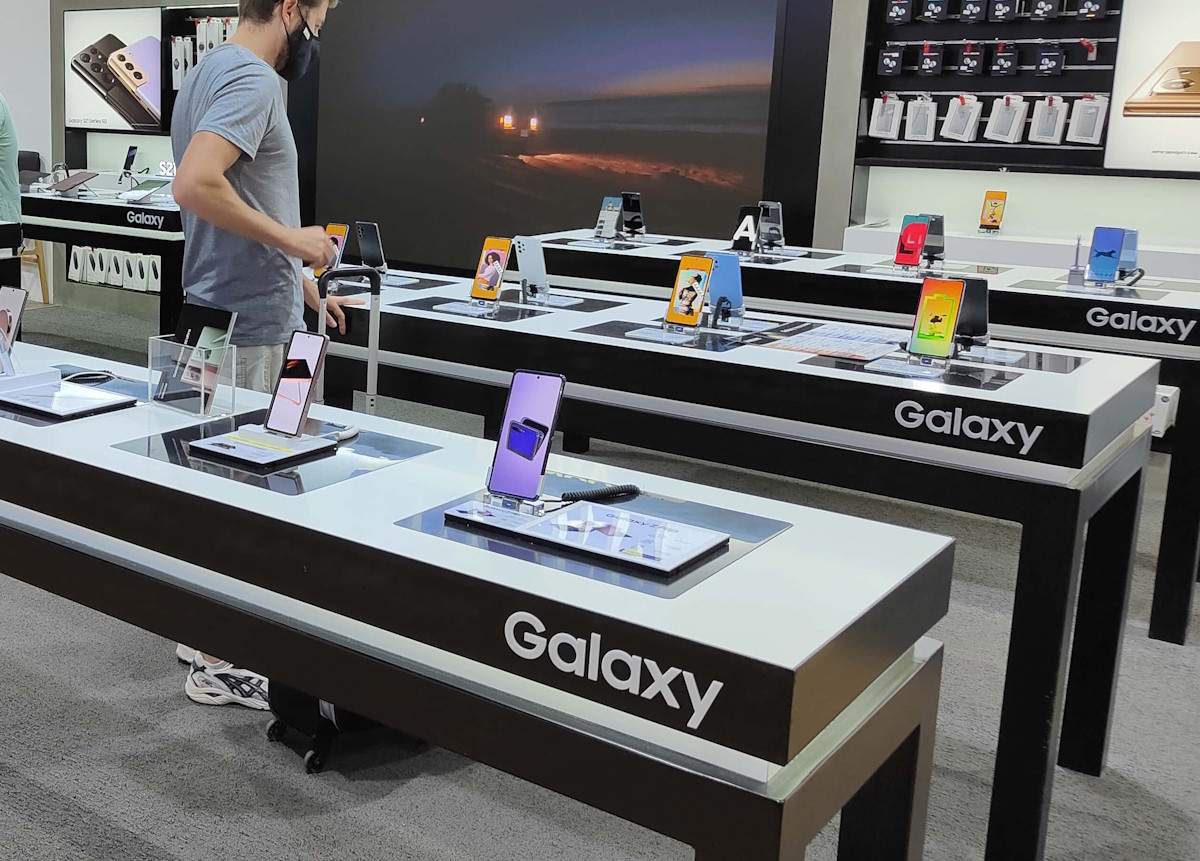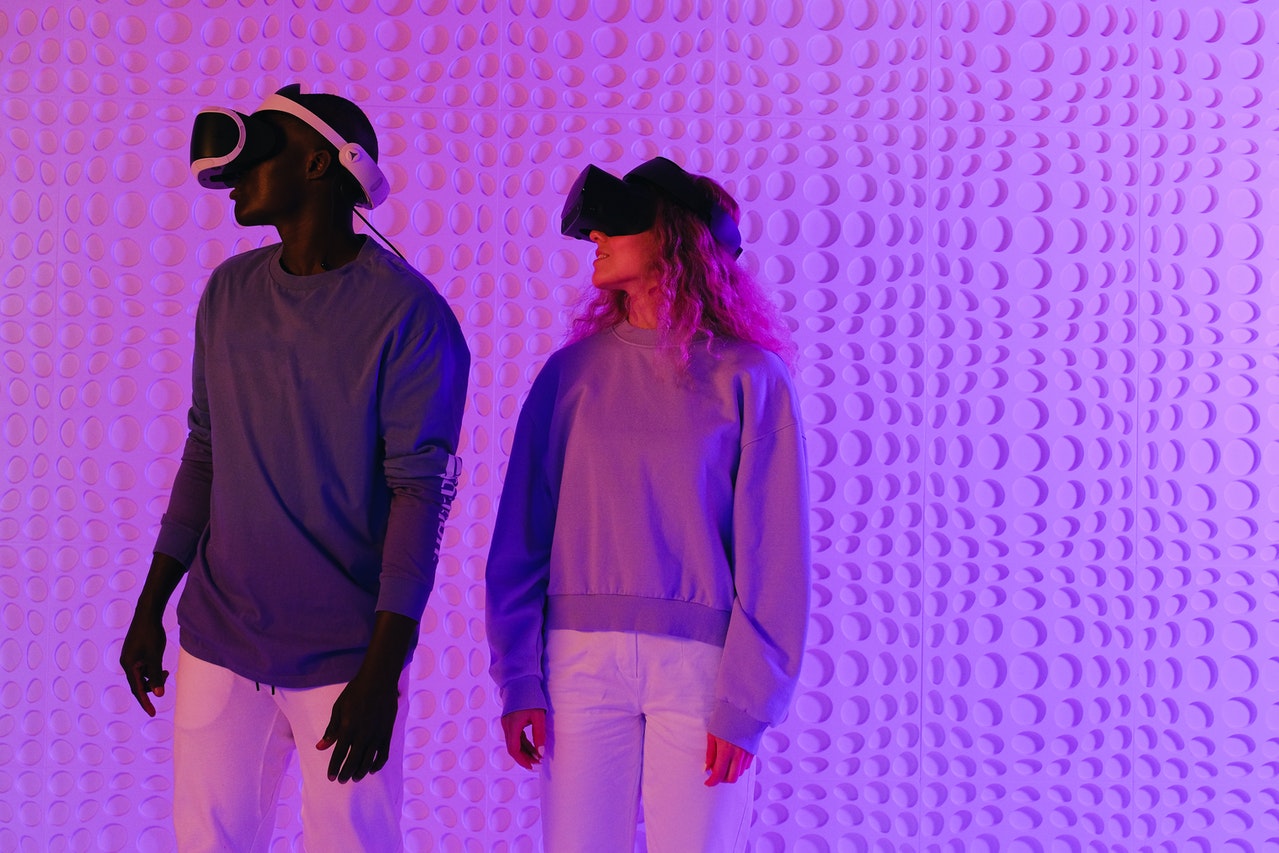Smartphones have become an essential part of our lives, connecting us to the internet, entertainment, social media, and more. But what will the next generation of smartphones look like? Will they be more than just rectangular slabs of glass and metal? Here are some of the trends and innovations that could shape the future of smartphones in the next few years.
Artificial intelligence (AI): AI is already powering many features on smartphones, such as voice assistants, face recognition, and camera enhancements. But AI could also enable new capabilities, such as context-awareness, emotion detection, and personalized recommendations. For example, AI could help smartphones adjust their settings based on the user’s location, mood, and preferences. AI could also help smartphones learn from the user’s behavior and habits, and suggest actions or content that are relevant and timely. AI could also improve the security and privacy of smartphones, by detecting threats and anomalies, and encrypting sensitive data.
Location-based technology: Location-based technology is not new, but it is becoming more accurate and ubiquitous. Smartphones can use GPS, Wi-Fi, Bluetooth, and other signals to determine their location and provide location-based services. For example, smartphones can offer navigation, local search, geofencing, and augmented reality (AR) experiences based on the user’s location. Location-based technology could also enable new use cases, such as indoor positioning, proximity marketing, and social networking. For example, smartphones could help users find their way inside a mall or a museum, receive personalized offers from nearby stores, or connect with friends who are nearby.
Augmented reality: AR is a technology that overlays digital information or graphics on the real world, creating an enhanced or interactive experience. AR can be accessed through smartphones using their cameras, screens, and sensors. For example, smartphones can use AR to provide information about landmarks or objects, enhance gaming or entertainment experiences, or enable virtual try-ons or fittings. AR could also be used for education, training, or health purposes. For example, smartphones could use AR to teach users new skills or languages, guide them through complex tasks or procedures, or monitor their vital signs or symptoms.
Syncing with wearable devices: Wearable devices are devices that can be worn on the body or attached to clothing or accessories. They can include smartwatches, fitness trackers, smart glasses, earbuds, and more. Wearable devices can communicate with smartphones using wireless technologies such as Bluetooth or NFC. For example, smartphones can sync with wearable devices to display notifications, control music playback, track activity or health data, or access voice assistants. Wearable devices could also extend the functionality of smartphones by providing additional sensors or inputs. For example, wearable devices could measure biometric data such as heart rate or blood pressure, or capture gestures or eye movements as commands for smartphones.
5G connectivity: 5G is the fifth generation of mobile network technology that offers faster speeds, lower latency, and higher capacity than previous generations. 5G can enable new possibilities for smartphones by supporting more data-intensive applications and services. For example, 5G can enable high-quality video streaming or conferencing, cloud gaming or computing, and real-time augmented or virtual reality experiences. 5G can also improve the performance of existing applications and services by reducing buffering or lag, and enabling faster downloads or uploads. Additionally, 5G can support the growth of the Internet of Things (IoT) by connecting more devices to the network, including wearable devices, smart home appliances, and vehicles. This can enable new use cases and applications for smartphones, such as remote monitoring or control of smart home devices, or real-time navigation or traffic updates for vehicles.


